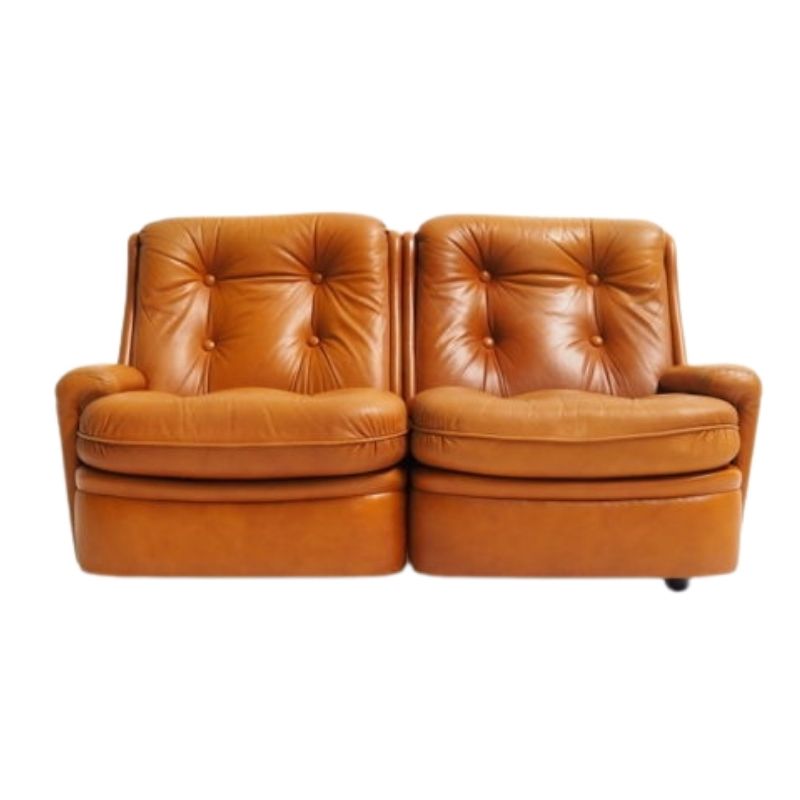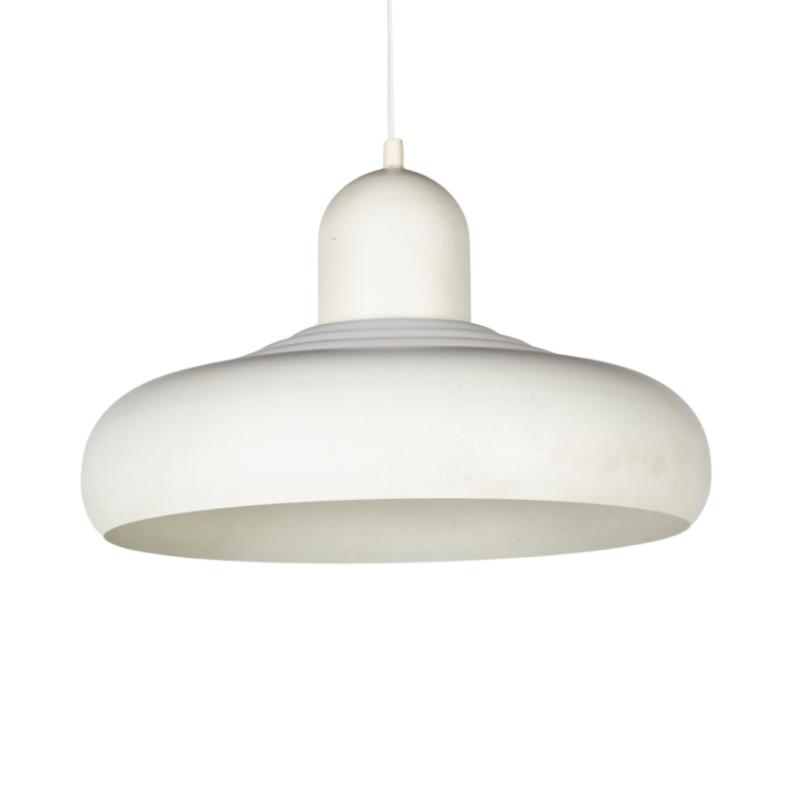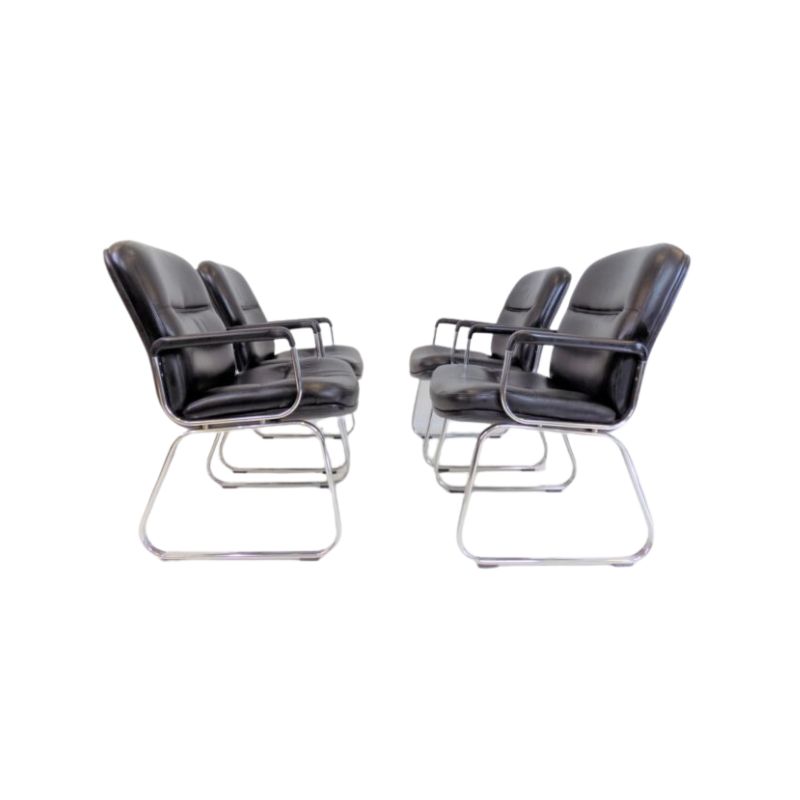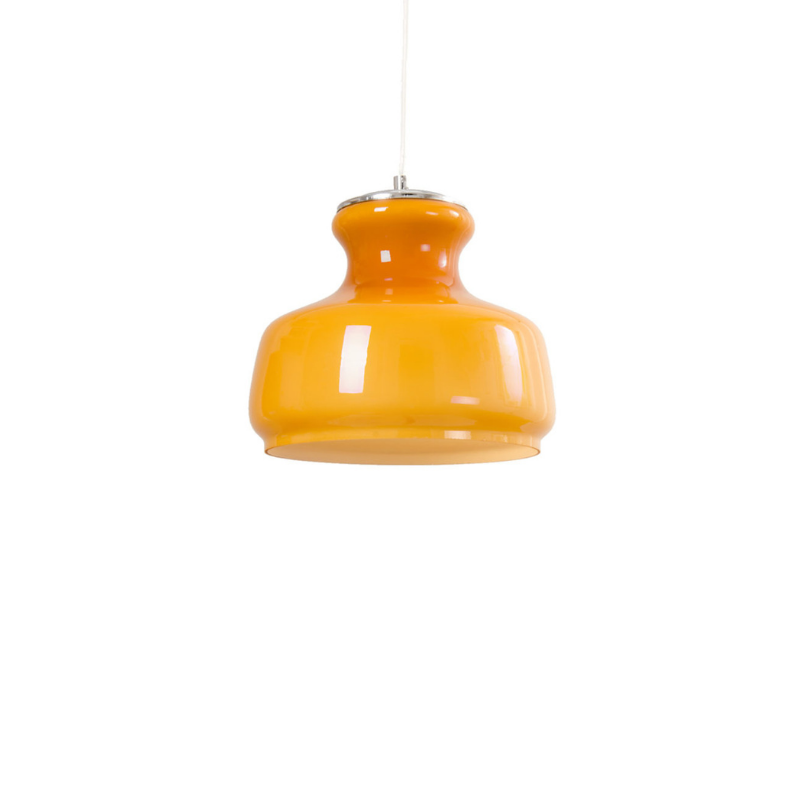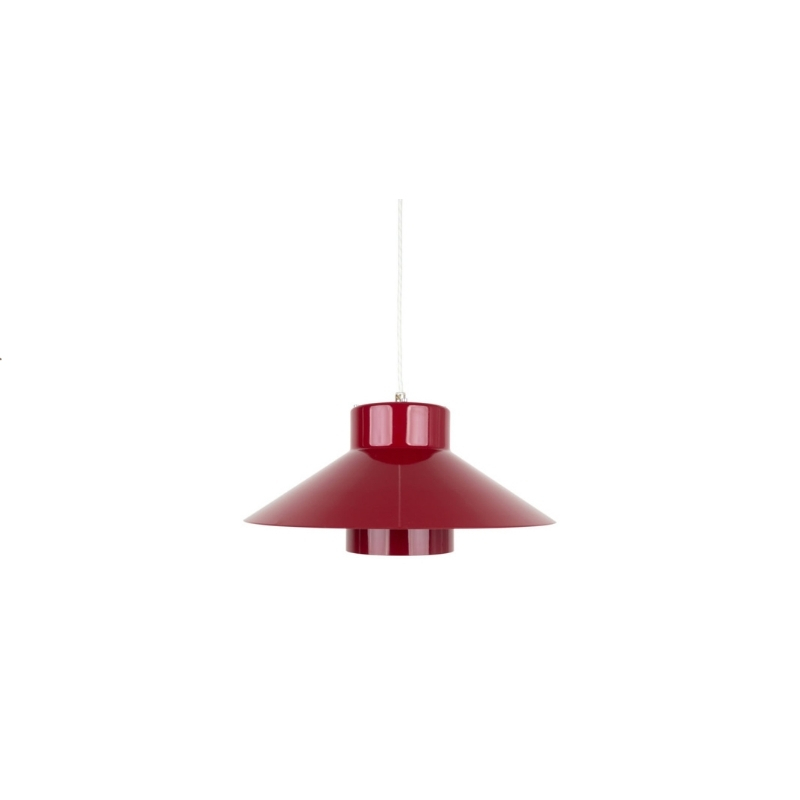there is a lot of talk about reasonably priced furniture. what about your empty walls?
do you find random art pieces at flea markets?
do you buy famous posters and nicely frame them? is buying a poster considered a 'knockoff' of art?
i know art is a very personal thing, but i would think most design addicts would rather not settle.
i have a large geometric painting that I found at a used office furniture store. it was from the 60s and was never sold. not 'fine' art by any means. some of the lines aren't perfect. i like the general composition and color choice.
i also have a $30 picasso poster in a $130 gallery quality frame. i know that seems silly, but presentation is very important. a bad frame can kill it.
how have some of you overcome the "need" for wall art with a design addicts' eye, a modest budget, and a general knowledge of what is good and museum quality?
the ubiquitous dwell again
Dwell's latest issue on Homes under 12,000 sq feet (I don't know if it is on newsstands already or not) has a section called 'art collecting 101' and for someone that doesn't know much about art, more specifically the aquiring of it for one's personal living space, I thought it was informative.
I like the idea of making art work or framing posters or something of the like. Can I provide you with any specific examples? Not really. I did find some letters next to a dumpster, I cleaned them up and installed them and the spell 'RAP' - maybe not art for some, but being free minus the cost of drywall screws at home depot and some elbow grease I am very satisfied.
Also maybe you could find similar quality art gallery frames less expensive - possibly online? You could have the glass, or plexiglass made to measure at your hardware store. Reason being is that I agree, the frame can really make or break something.
gut feeling
Your response was in line with my gut feeling. I figured starving art appreciators have to scrounge the best they can just like design lovers. Although the bulk of my inspiration and thought goes to design rather than fine art, I am getting more acquainted with it. I am finding myself getting the same feeling from some paintings and sculptures that I get from a well executed building, chair, etc.
Also - I would like to hear form design addicts about what particular painters they favor. I have noticed that I love the obvious modern artists we probably all like, but there are also some i like that don't exactly "go with" a modern interior. Contrast creating tension and interest?
BTW - I prefer the word "PAR" to "RAP" 😉 (one that is equal, an accepted standard)
keep in mind that i am not...
keep in mind that i am not really talking about art as decoration. i am talking about art as art. (i am not reffering to the digital paintings you purchased, i have not seen them).
i am not talking about just having something to hang. moreso something with some relevance socially, culturally, personally or otherwise.
the old painting i found is relevant to me for a few reasons ... i found it when i was a teenager when i knew little about modern art. it just so happens to work well with my interior but i like how it mimmicks fine modern art but is somewhat crude upon closer inspection - due to both the age of it and the artists technique. it is a pretty large piece (around 3.5 feet X 2.5) using browns, tans, reds, and grays. so it is personally relevant.
i would eventually like to get pieces that are more artistically relevant. i am finding it hard to trust my eye when looking at local artists etc. there is one painter i love in my city that paints mostly empty room with doors open etc. that are VERY reminescent of all the really old, spare apartments in my city. reminds me of apartment hunting at a time in my life when i just moved out. i like how his paintings of old architecture look modern bc of the emptiness ... thus creating more clean lines etc. unfortunately his paintings cost around 2000-4000.
not to be rude but there is a lot of crap i could waste 500 on that i see. some of it is lifeless (no inspiration behind it) and some of it is simply not my aesthetic taste.
the painting that i bought and like cost $40.
I'm just happy that the whole south side of my house is glass
and I have very few walls. That way I don't have to hang any thing there. Personally, I'm not a big hanging art person. I like functional art such as bowls, vases and teapots. I also like scultpure. So I don't have much, that hangs, but what I do have is all over the map as far as style goes.
Here's a list:
A Mark Rothko print, one of his untitled colorfields
Chinese rice paper scrolls
A hand silk screened piece of gift wrap that I laminated onto a canvas
One of my own primitive attempts at a graphic painting of seaweed
A weird little mirror that looks like a circe du soleil clown. The mirror is useless, but the clown is freakish. I like him.
A photo of the hull bones of a ship that wrecked off the coast of Cape Cod 200 or so years ago. The tides only expose the hull about once every 40 years and we were lucky to get an awesome shot of it in a misty sunrise. It looks totally ghostly, it's cool.
A Remmie Mackintosh silks creened card I got at the school in Glasgow.
A print of fish from the Aquarium of the Americas in NOLA, way pre-Katrina.
Maori wise ancestor spirit faces carved from bamboo roots. Got these as a housewarming gift
Um, Dwell's issue on homes...
Um, Dwell's issue on homes under what?
"...Homes under 12,000 sq feet..."
As in homes only slightly smaller than a castle?
?!
Surely that was a typo.
I'm assuming that was meant to be homes under 1200 sq feet, no?
Please clarify.
Oh, and what about "ARP" or "PRA"?
Two places I have found art...
Two places I have found art that I recommend.
1.) EVENTS- Poster art from an event.
When I was a kid, my father brought me back a silk screen poster from a Dali exhibit in Berlin. Not one of those photographic looking prints of a painting, but a print of a print. In other words, the middle of the print is a drawing that was produced as what looks like a drypoint etching, and there is a lot of white space around it, like a huge margin. In the margin underneath is some date/location info on the exhibit written in German, and a giant Dali signature.
I have another favorite from an event, an exhibit at the New York Skyscraper Museum. It has the museum logo in the middle surrounded by typography standing up vertically, that create "skyscrapers" (see link below).
Most EVENT POSTERS sell for under $100. Some you can even get for free! Here is the trick to getting a free event poster. These posters, aside from being sold AT the event (the way concerts sell T-Shirts), are also used as advertisements around town. Find a store that has one of the posters in the window. Pay attention to the date, and when the event is over (or ahead of time) ask the shop keeper if you can have the poster.
2.) ART SCHOOL STUDENTS- Take a trip to your local art school college campus.
Art school students are by their nature... starving. There are many talented artist (and as many hacks) struggling their way through art school. What you want to do is find the artists' studio space and just browse through, after hours. There will be a handful of the most dedicated students there working late. Those are probably the ones you want to meet anyway. If you see some with work you like, ask to see more of their work. Ask what pieces they are willing to sell. Otherwise, you may see some work in a studio space where the student is not present (they often look like messy make-shift cubicals, unless it is all open). Leave a note on their stool (don't tape/tack anything to their art!) with your contact info, and that you might be interested in purchasing a piece of their work.
You will make the student's day. You will get a quality piece of original art for a deal of a price, and they will unexpectedly make a buck... and who knows what it might turn out to be worth some day (and hey, who cares anyway!).
That's my two cents.

One more good one for you...
I also have a large collection of silk screened posters from music events, many for instance from a rockabilly act from Memphis named Tav Falco. Tav's 80s posters were usually two color print (black plus one day-glow) on very heavy card-stock, 11x17 or larger. A lot of concert posters are disappointingly just the newspaper ad blown up large, but many others are actually quite high quality, original single run pieces. And hey, everyone likes some kind of music. Have a look at the link below. It is a website called Gig Posters. Obscure classics might cost you hundreds or even thousands of dollars, while other are as little as $25.
Enjoy.
http://www.gigposters.com/index.php
At Gig Posters, goto the...
At Gig Posters, goto the classified link, or click below.
http://www.gigposters.com/classifieds/
Quality in art
is difficult to translate in words, so I will spare you my attempt to do so, but my own experience might be useful to someone. Over the years I have collected both paintings, engravings and japanese woodprints, but also a substantial quantity of ceramics. Having done this for many years, I now struggle with the end result, which is the question: "where do you put it".
A dear friend of mine is a stamp collector and has done so for many more years than even I have been alive. Recently I asked him how many of these small graphic wonders he owned. The amazing answer was: 4. What he has been doing all this time is what I should have done...trading upp. His 4 stamps are worth hundreds of thousands of dollars and are the result of a very well planned and careful effort to identify a few very unususal stamps and than acquire them by a long process of exchanges. Replacing quantity by quality. In hearing the story I realized that I would have liked to do the same thing with quite a number of the paintings and pots I have. Of one painter I have half a dozen paintings, starting with small ones I could affort 30 years ago, to larger ones I bought in the last decade. I realize now that I should have made an arrangement with him to trade in smaller for larger...and better. I would be quite happy with just one very good one, instead of having two on the walls and the rest in storage. With the ceramics it is not very different. I understand why galleries might not be willing to "trade". Their income is not the art but the margin on the sales, but I am sure that individual artists would not mind making such an arrangement. In other words, when you have more to invest you go back with the painting you already own and trade it in for a better one. Of course there will always be these exceptions, art that has a special meaning or is linked to a special meaningful event, but generally speaking quality is always better than quantity.
For cheap art, nothing beats a print of a great artist.'s work....Pt. 1
that was exceedingly simple in execution and which was basically intended to be a print. Matisse and Picasso late in their careers did some deceptively simple things. I just think they are wonderful. You get about 99.999 percent of the image quality of the original for almost no cost. I mean, Matisse was working with scissors and blue construction paper and Elmers there at the end and in some ways was at his most brilliant. A print may actually enhance these wonderfully childlike works. Same for some of Picasso's things, when he and Matisse were communicating toward the end and after Matisse's death, when the P-man had no peer left to talk with. I know that poster shops in the 80s-90s so flooded the market with these that it seemed to cheapen and commoditize them, but if you look at the original in a museum or gallery and at the print you get in the store for diddly, it has to be one of the great art buys of all time. I have Picasso's crazy king and his hand full of posies and a Kandinsky print and I love them. Just like I don't care if everyone else has the same wonderfully designed coffee pot I do, I don't care if everyone else has the same Picasso print I have. My art is for me.
Now for oils, there's no substitute for the real thing, at least if you love oil painting. Looking at a print of an oil painting is like looking at a flower dried and pressed under glass. I can't afford my taste for Picasso and Matisse, Pollock, or just about any of the now famous painters. But there are many many little known schools of American art, for one example, where a lot of fine oil painting has been done and that's the kind of art to look for. alas, all oils seem to be inflating.
For glass, its hard to beat Blenko. Each piece is unique and beautiful. And even though it is being collected, only a few pieces (crazy floor decanters) bring a lot of money. Most goes for a song. But I occassionally find some Murano like glass in the thrifts stores and yard sales for little or nothing, too.
Good sculpture, imho, is very hard to find cheap.
For cheap art, nothing beats a print of a great artist.'s work....Pt. 2
Well designed ceramics are hard to find. I like California ceramics from the 30s-40s, but came to the collecting party too late. But I've learned something interesting. Mildly chipped or cracked California pottery (frankly any kind that is cracked or chipped) can be had for almost nothing. My tip for the day is: buy the cracked stuff if the crack is not readily apparent. And decorate tables with it. Collectors have to have it perfect. Interior designers, interior decorators and their customers do not. And ash tray with a crack or chip on the underside of it is just as good as one without, for decorative and functional purposes. Decorative tea pots on shelves up high can have hidden cracks and chips, too without harming their beauty. And as I said, flawed ceramics go for very little.
As I'm a bibliophile, I also think books are an important decorative feature of an interior. Nothing makes me feel more at home as a visitor than to walk in another person's house and see a lot of first editions of fascinating books on the shelf or tables that I can enviously pick up and admire. And a host's books are a wonderfully discrete way for the host to communicate his preferences to his guests, without resorting to boorishness. As I live in a decidedly conservative area, I keep one shelf at eye level full of the most wildly progressive and radical literature I have. Even bellicose neocons invariably moderate their political or economic boorishness when they see a body of literature that contradicts their thinking. And I can stay out of arguments that way, which my socially adroit wife greatly appreciates. And first editions still come cheaply at thrift stores and yard sales.
In closing, yes, yes, yes, we would all prefer great oils, perfect ceramics, and so and an authentic Henry Moore in the foyer. But you wanted to know about cheap art and so that is what I've discussed.
If you need any help, please contact us at – info@designaddict.com



